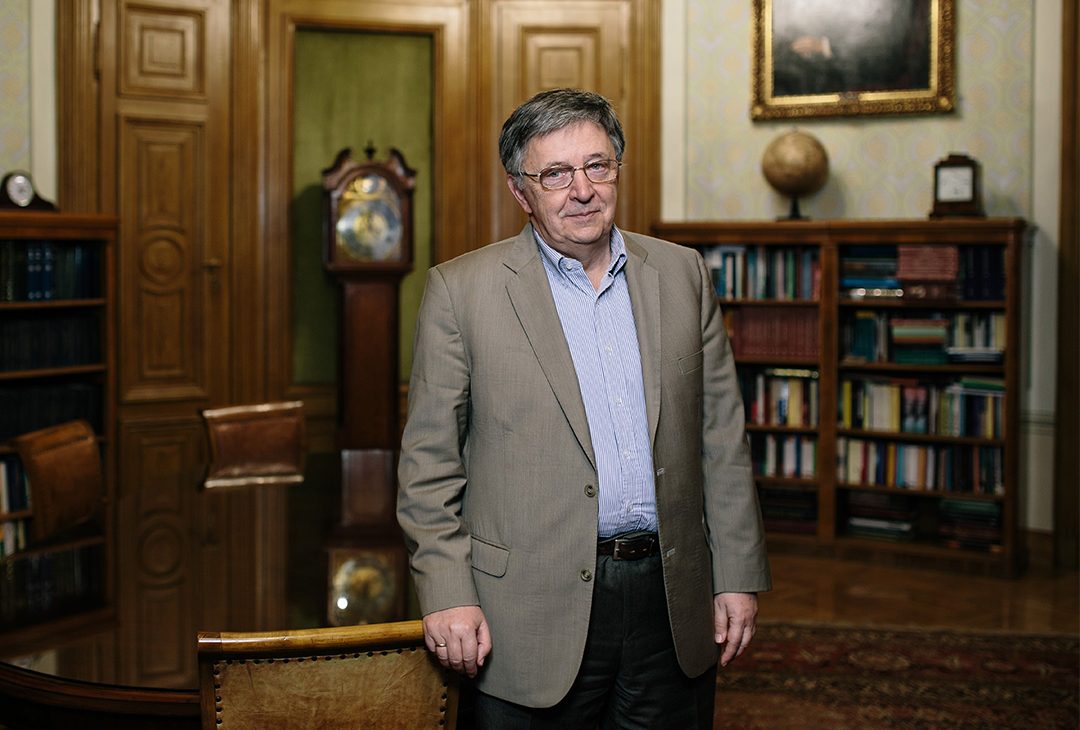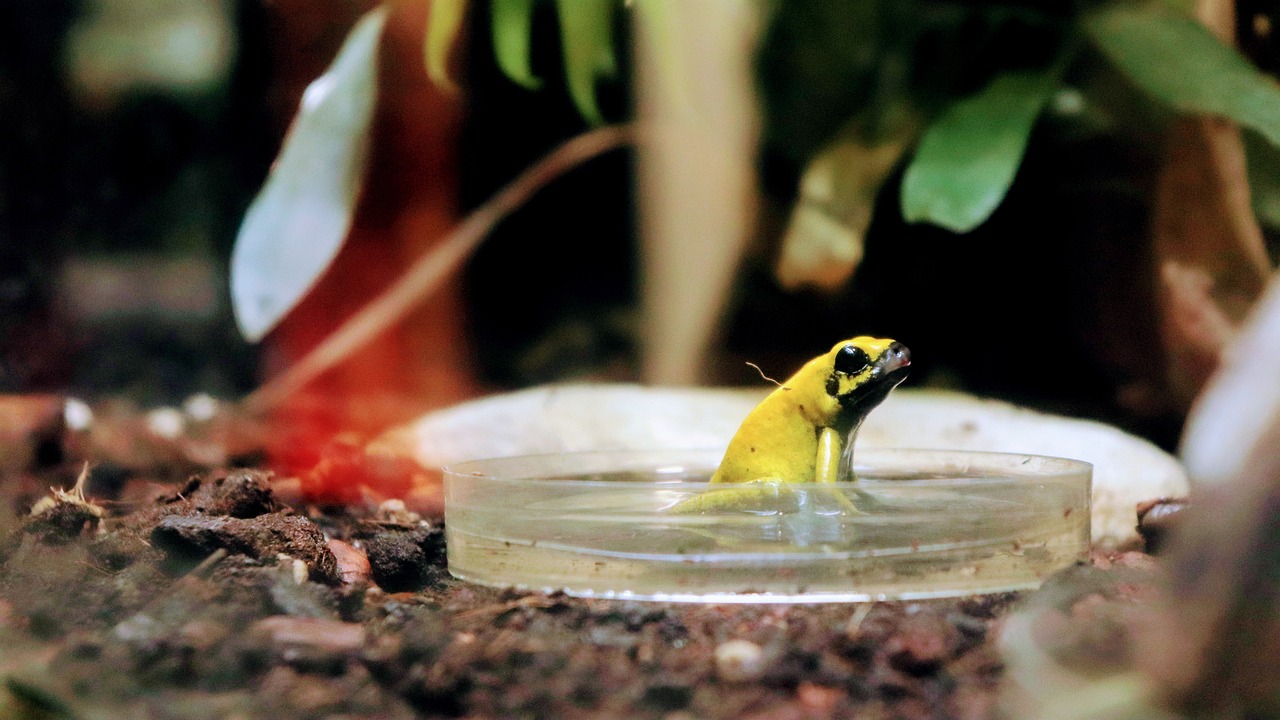
A few years ago, László Lovász also received the Abel Prize, the highest award in mathematics.Continue reading

Evolutionary biologist Eörs Szathmáry, member of the Hungarian Academy of Sciences (MTA), and three fellow researchers from other countries have set out to create life from chemical molecules under laboratory conditions as part of a six-year project called MiniLife, funded by the European Research Council with EUR 10 million.
MTA said in a statement on Monday that perhaps the biggest open question in biochemistry and evolutionary biology is the origin of life on Earth, which has been the subject of numerous theories but has not yet been answered.
Eörs Szathmáry, an academic and evolutionary biologist who has spent much time working on this problem, has concluded that
we do not know the answer to an even more fundamental question: how life can come from inanimate matter.
No one has ever been able to create real organic life in a research laboratory on Earth.
Szathmáry and three of his research colleagues, chemists Sijbren Otto and Gonen Ashkenasy and molecular biologist Andrew Griffiths, believed that this task could be solved with today’s knowledge.
The work is based on a theory by a Hungarian chemist, Tibor Gánti, which is more than half a century old and well beyond his time. His theory describes three essential components for life: living organisms must have
The three systems are linked by complex chemical processes that share the common characteristic of helping each other and themselves to function. The four researchers aim to create a “living minimal system” by the end of the six-year funding period, i.e. small units that can use the molecules in the nutrient solution to create new copies of themselves. Under a microscope, these will presumably look like small spheres.
Eörs Szathmáry says that
the solution to this problem has now come within reach because of the advent of algorithms that can generate chemical networks in computers.
Researchers are giving artificial intelligence the task of seeing what can be created in one step from atoms as building blocks and rules that reflect the way chemistry works.
The researchers then look at the resulting compounds and ask the program to look at the reactions that take place in the next step. In these complex chemical systems, so far existing only in the computer’s memory, researchers can observe whether the processes needed to build simple life are occurring. If they find them, it is up to chemists to make them happen in real life, in flasks and tanks.
The chemistry of the new organisms will in all likelihood be very different from life on Earth. However, the path to their production and their ability to evolve themselves could have many lessons to teach us and ultimately bring humanity closer to understanding our origins, the researchers said in a statement.
Via MTI, Featured image: Pixabay